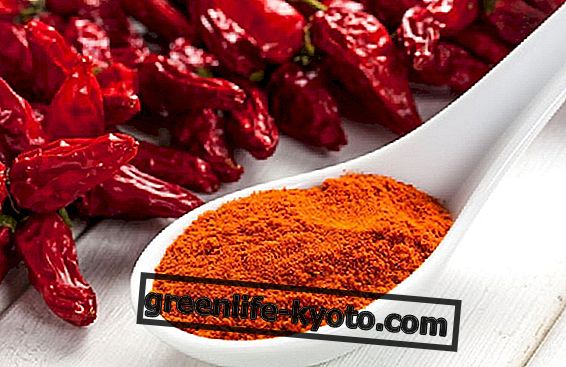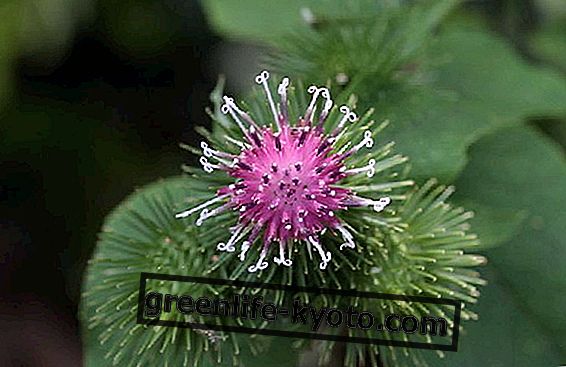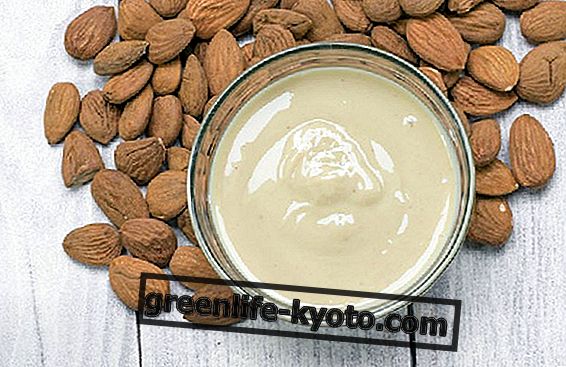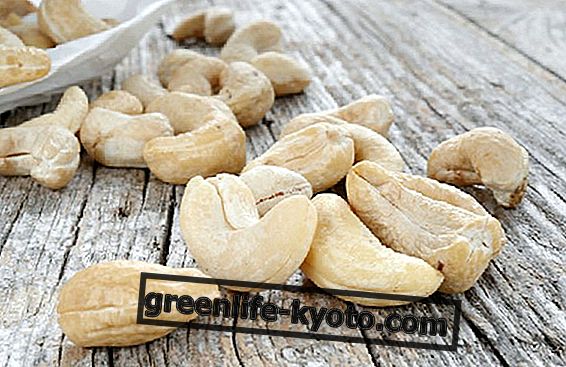
The chili is a p anta of the Solanaceae family and for this reason we can already understand from the name that it loves warm climates.
Its genre name in scientific jargon is Capsicum and belongs to the group of tomatoes, aubergines, peppers and potatoes which it shares the shape of the flower and the cultural requirements.
When we talk about chilli, its strong and spicy taste comes to mind . In fact, inside the chili there is a substance called capsaicin that belongs to the family of organic alkaloid compounds and that gives the chili its typical spicy effect.
Chili pepper: the spiciness given by capsacinoids
There are several different substances in the group of capsacinoids in chilli peppers, and these also vary according to the varieties of chillies. In fact, there are many types of chili peppers among the hottest ones such as the famous black Habano, the less spicy ones and even the sweet ones.
The variations in flavor and spicy effect in the mouth therefore change depending on the presence and type of capsacinoids present in the chili pepper.
There is a scale to measure the degree of spiciness and is known as the Scoville scale. This scale measures the percentage of capsaicin and dihydrocapsaicin present in the peroncino and from an evaluation between 0 and 10.
Pure capsaicin measures 16 million units and is a substance that in itself is irritating to the human body, so that excessive use can lead to inflammation, pain and even burns in contact with the skin so much that for some peppers they are used gloves to handle them safely.
Where do we find capsaicin in chili peppers: seeds or pulp?
The substance that gives the pepper its spiciness is therefore the capsaicin which has no specific smell or taste but only a spicy effect. This substance is found in chilli peppers in the seeds, pulp, filaments and ovary, but its proportion varies greatly in these parts.
If we take a pepper in our hands, keeping it from the stem, we will have the maximum concentration of capsaicin in the ovary and in the upper but internal part.
In the seeds the capsaicinoid substances are numerous even if percentage decreases as the position of the seed approaches the lower part of the chili pepper . Moreover in the seeds these spicy substances are in the superficial part while inside the presence decreases considerably.
Instead the filaments where the seeds are attached contain high percentages of capsaicin while the chili pulp is the one that continents less than all and we can say that the tip at the bottom of the chili has the least presence of capsaicinodes.
This distribution of the spicy substance reveals the real difference between the use of powder and seeds .
The seeds are generally richer in capsaicin and therefore much more spicy than the chilli powder which is obtained from all the dried and chopped chilli. The seeds as we have said contain a lot of capsaicin and their spicy power is therefore very high.
On the contrary, however, they do not have much flavor due to the characteristic of capsaicin that it has no taste of its own. This is the real difference with the chili powder because the seeds do not give flavor but only the spicy effect to the dishes.
The chili powder is obtained from the fruit of the internal chili which is dried and reduced to powder. This chili powder therefore contains all the parts: the pulp, the ovary, the filaments and also the seeds. The flavor of the chilli pepper pulp is very pleasant and is unique and particular according to the different varieties of chilli.
The choice of chili powder is therefore made both for good taste and for spiciness.
In conclusion, we can think of the tradition of using chili peppers in eastern countries such as India, where since the beginning of time its mode of daily use has been that of the dried chili pepper. This is because in this form of powder the dishes could have different tastes and different degrees of pungency depending on the type of pepper used.
The use of seeds in these lands is not very usual, while in the West it has nevertheless had a diffuser to give spiciness without altering the flavor of the dish.













